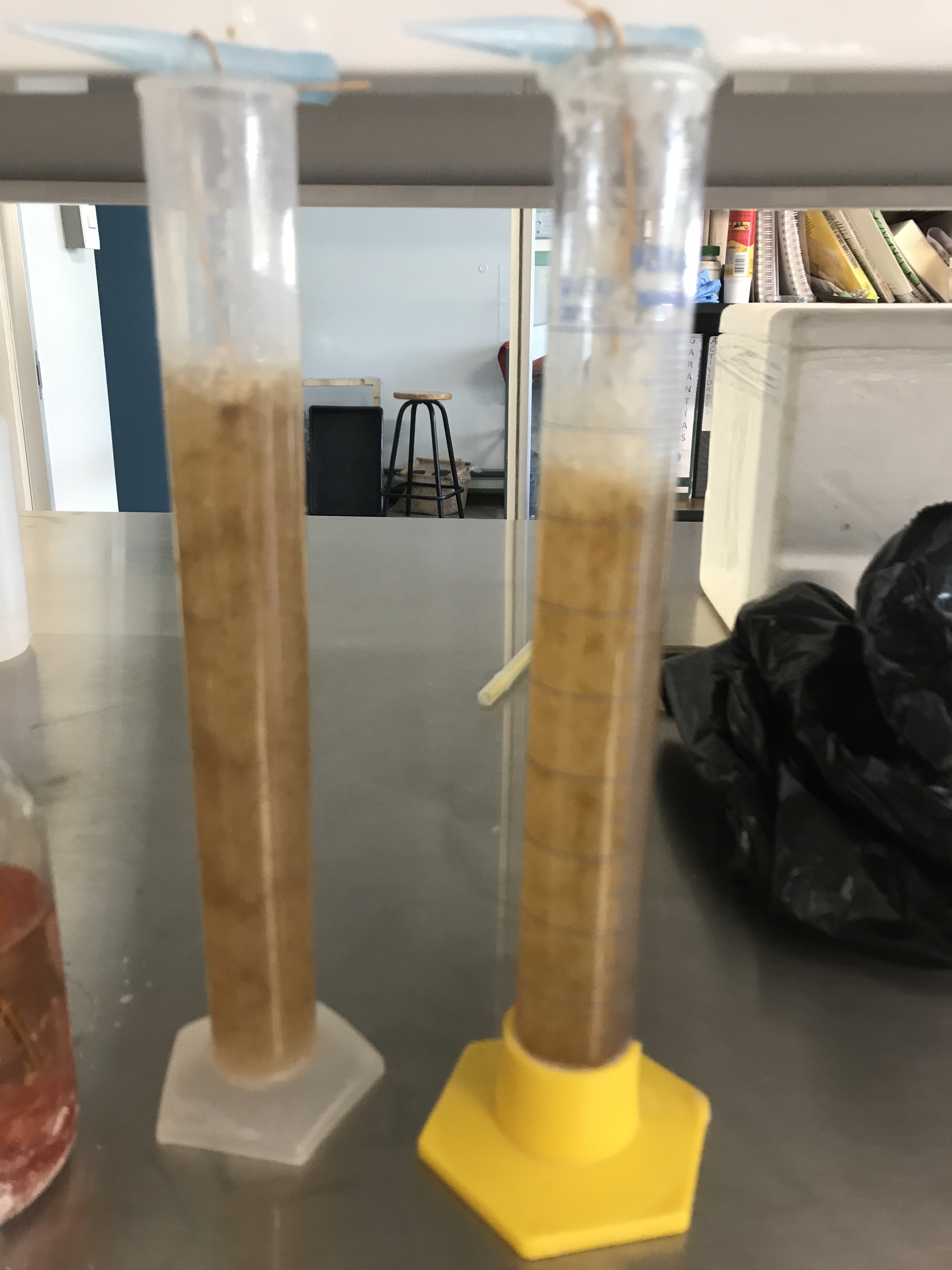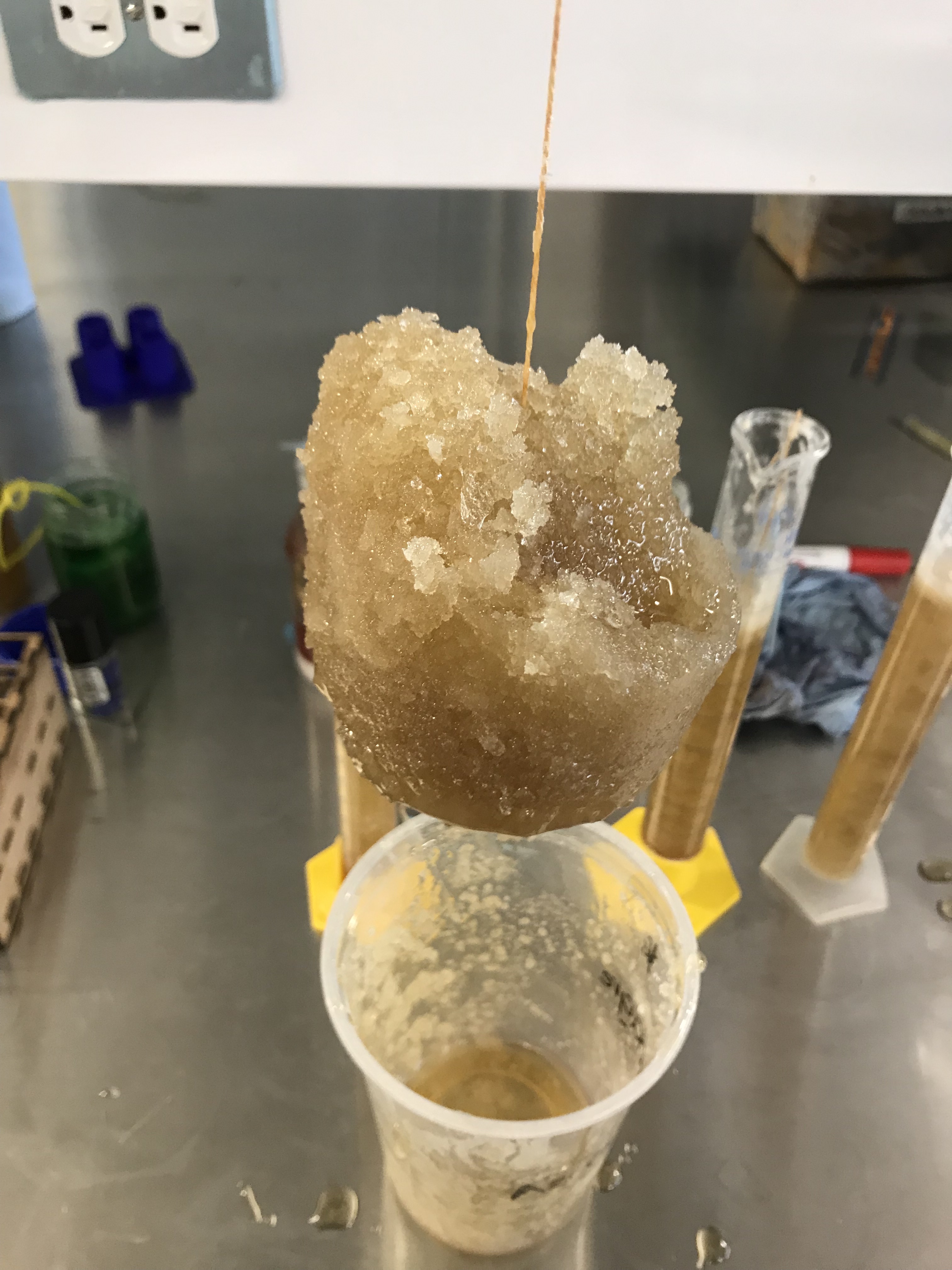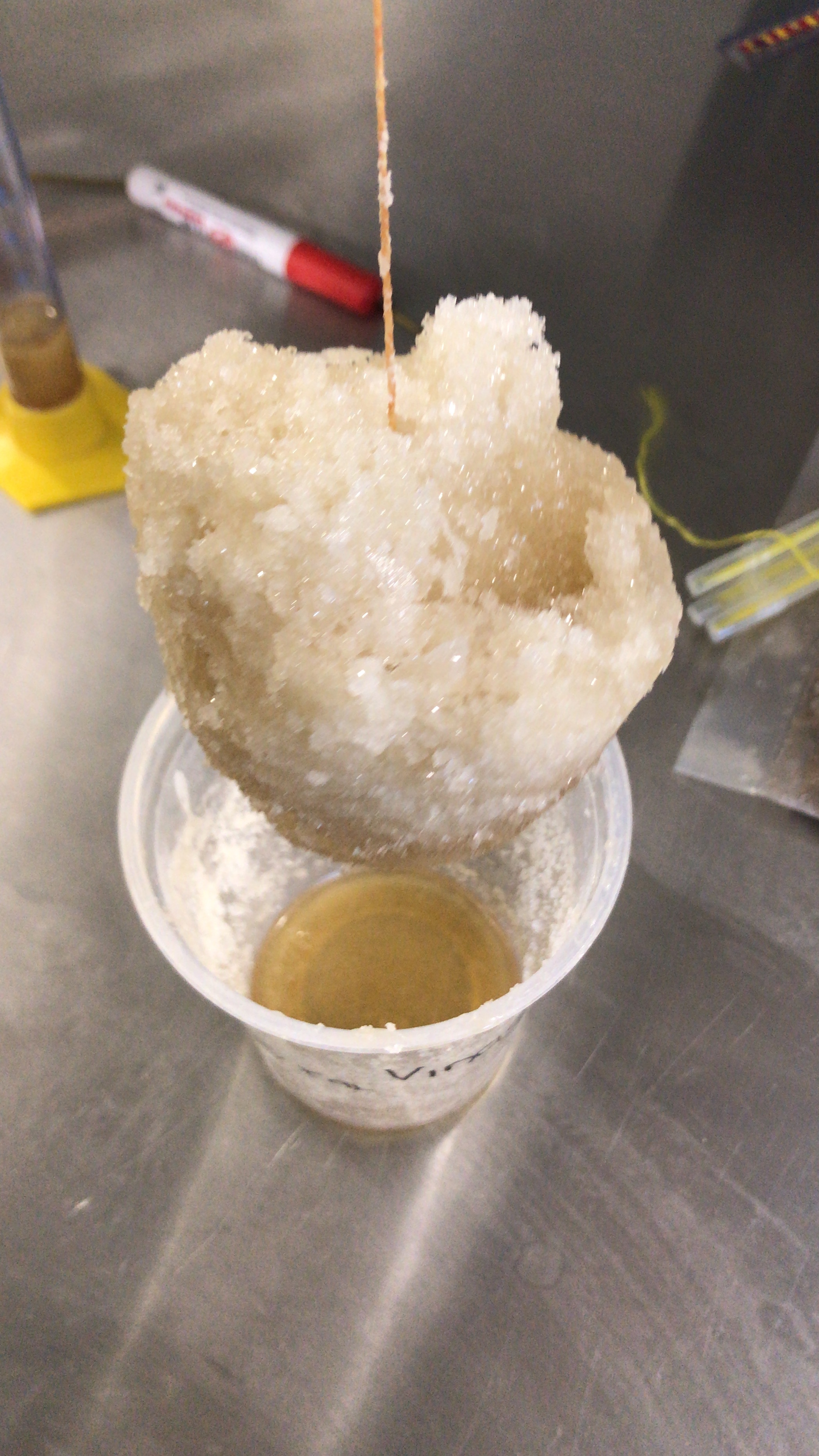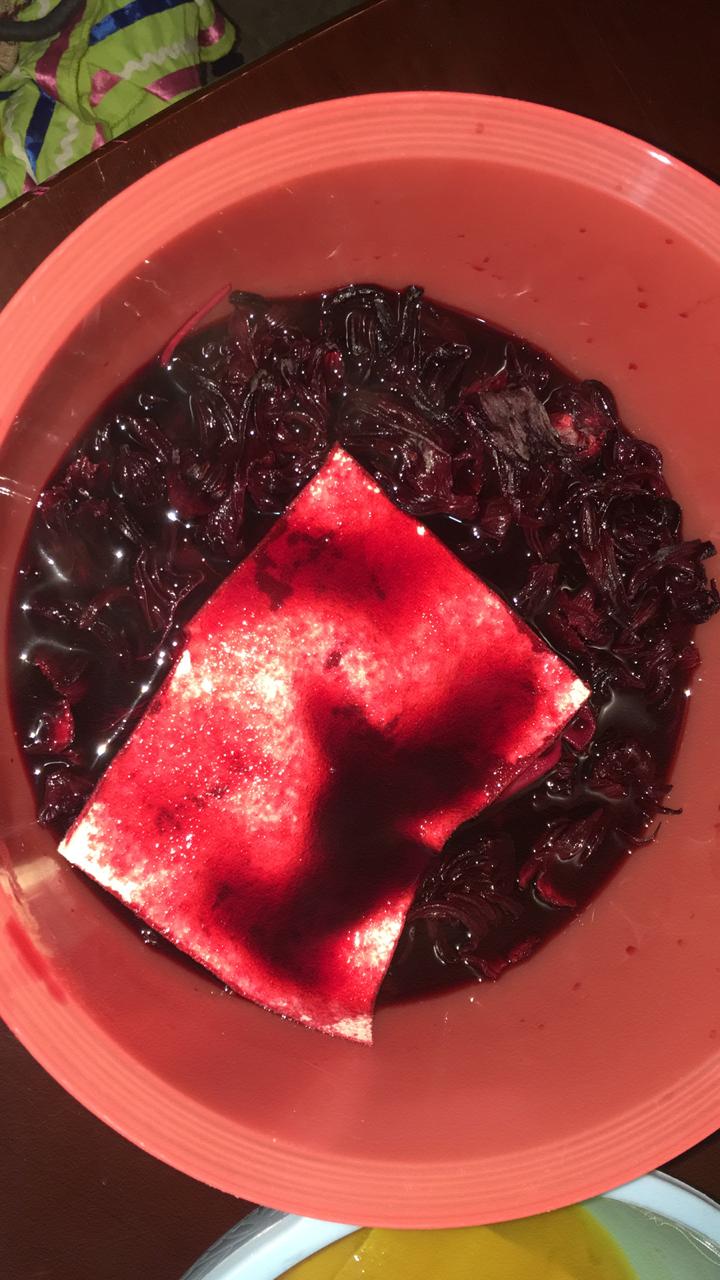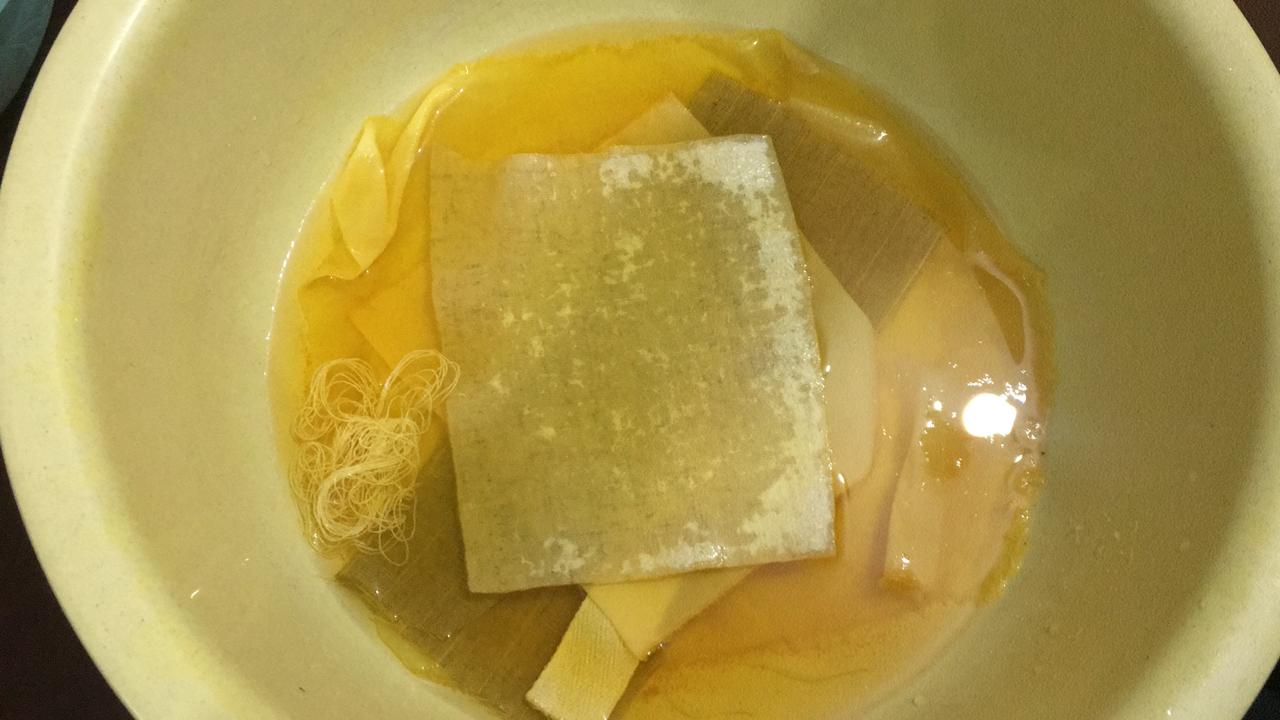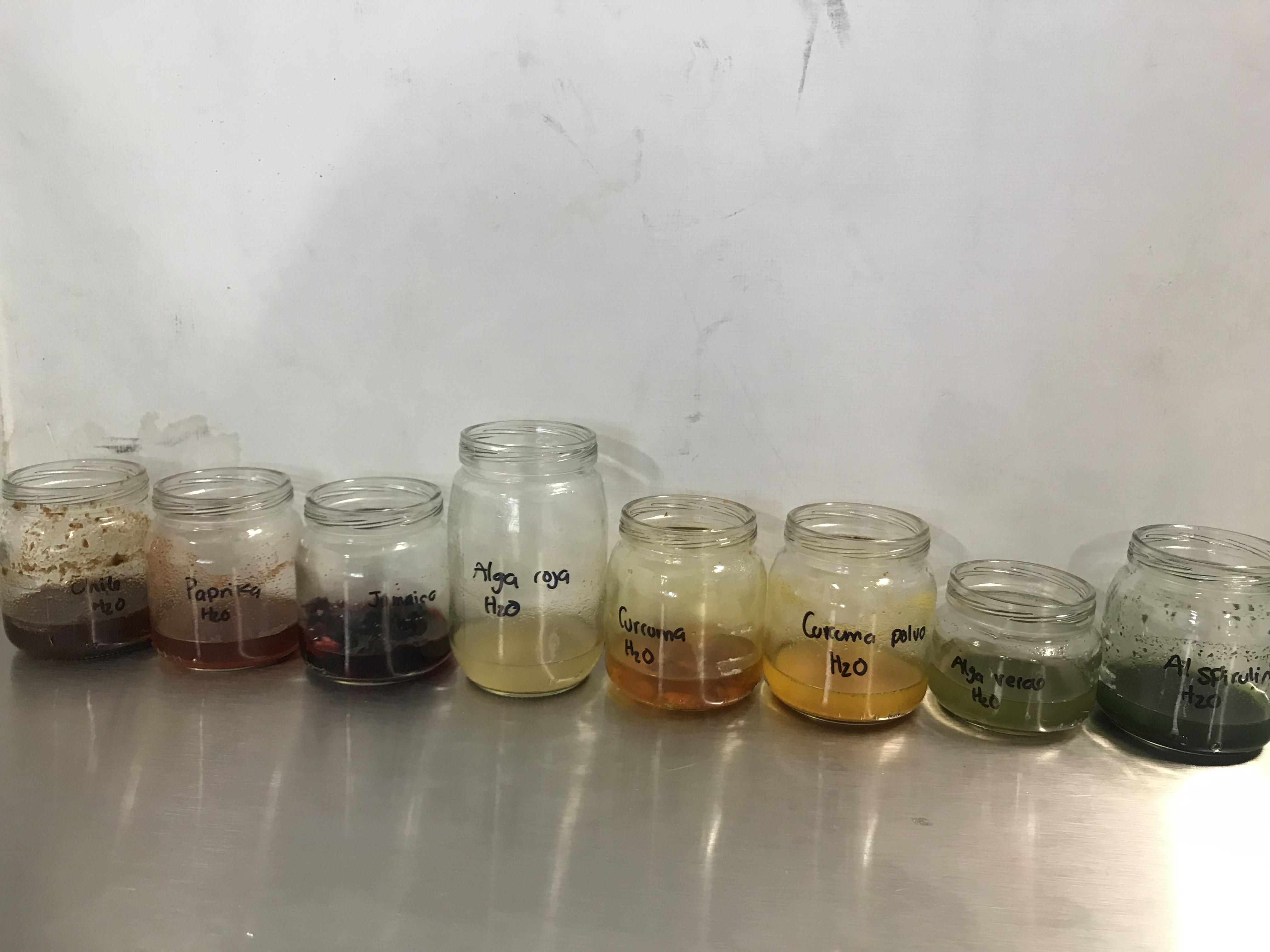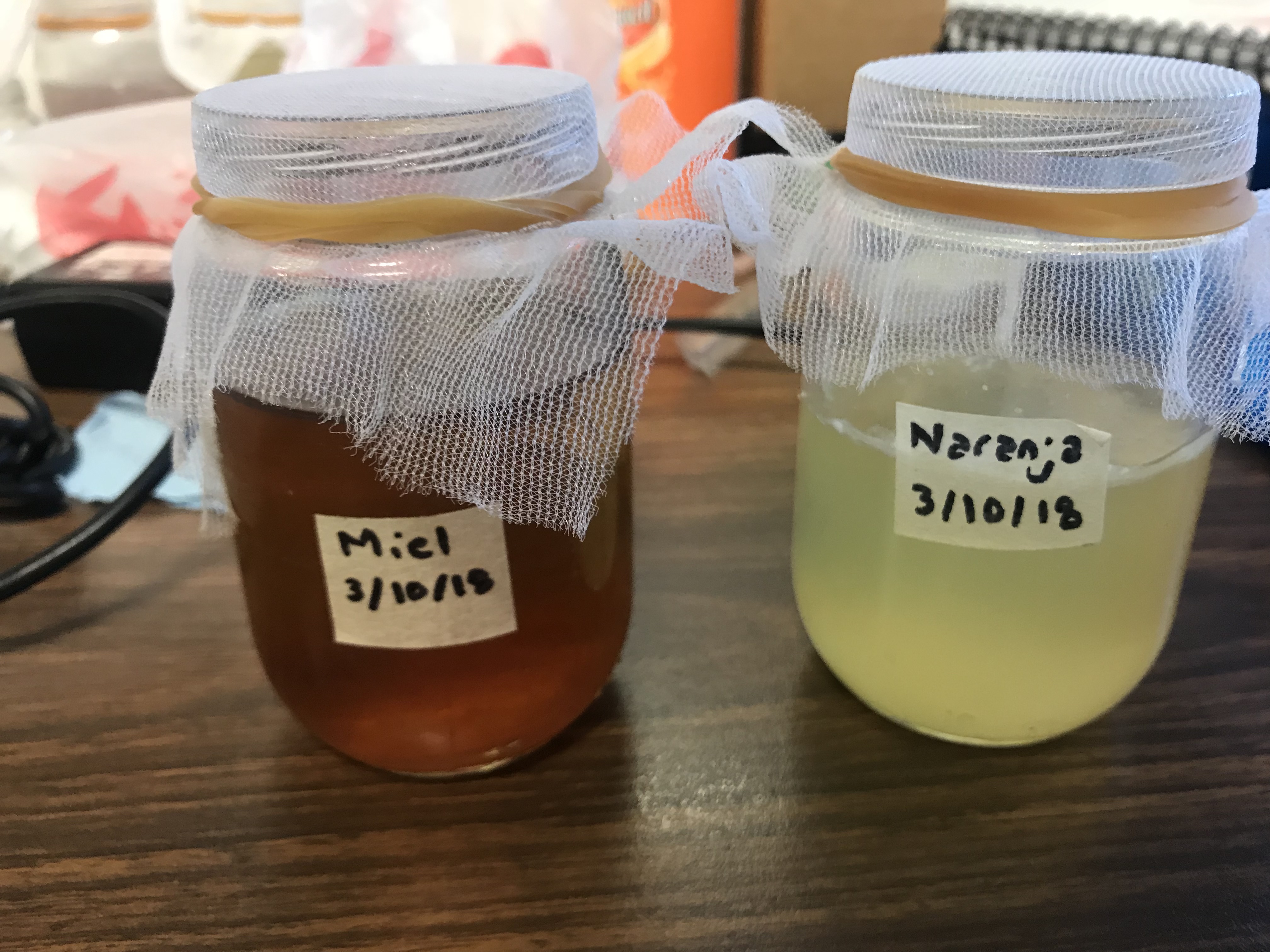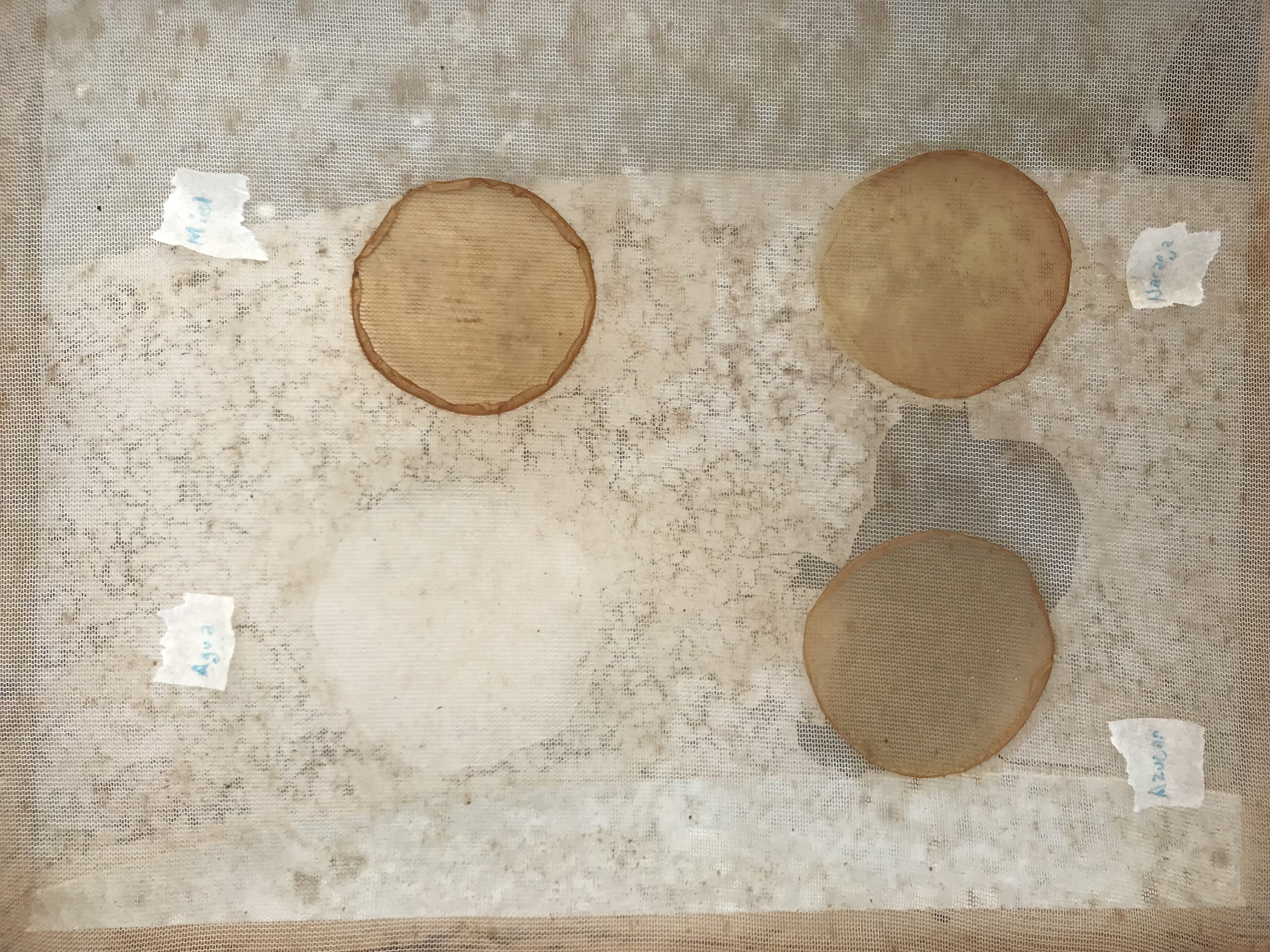4. Biofabricating Dyes and Materials#
This week I worked on natural dyes and bioplastics :D
For the natural dyes i used Achiote, Bugambilia flowers and Chile Mulato.
Procedure:
For Achiote:
Boil some distilled water and then pour it into a glass and then put some achiote seed on the hot water, mix it and let it for 2 days


For bugambilia:
Boil some distilled water and then put 30%of hot water and 70% of ethanol on a glass, then add the flowers and mix, let for 2 days.
 For Chile:
Boil some distilled water and then put 30%of hot water and 70% of ethanol on a glass, then add the Dried chillies and mix, let for 2 days.
For Chile:
Boil some distilled water and then put 30%of hot water and 70% of ethanol on a glass, then add the Dried chillies and mix, let for 2 days.

 For this assigmnet i used coarse cloth
For this assigmnet i used coarse cloth

In order to obtain different coloures i used 3 different treatments for each dye source: Vinegar, baking soda and the control, as pH can change the scale of colours
Vinegar and baking soda were used to change the pH of the solution
Achiote
 Bugambilia flower
Bugambilia flower
 Chillli
Chillli

I meassured the pH , to see haw the pH change the tone
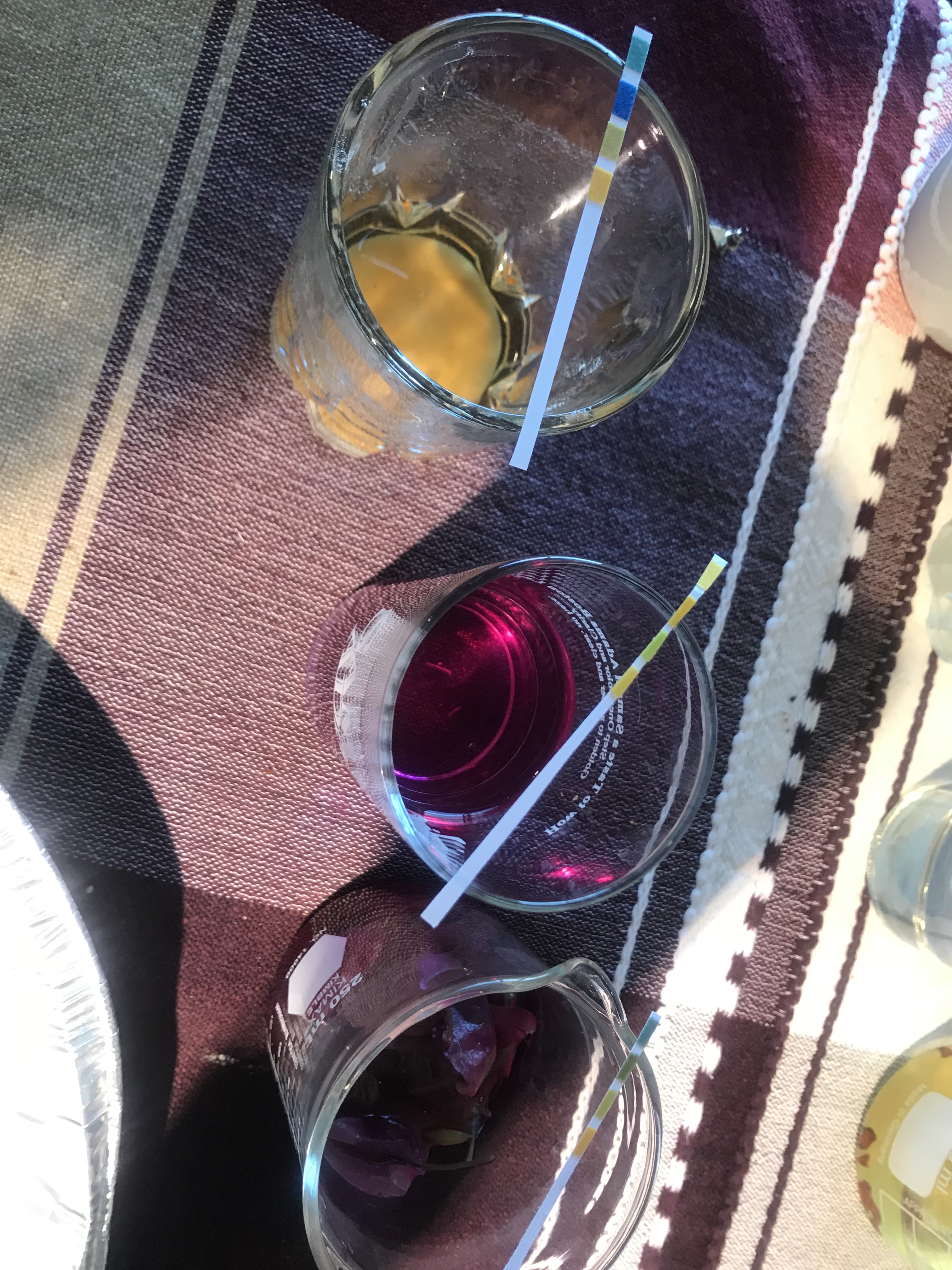
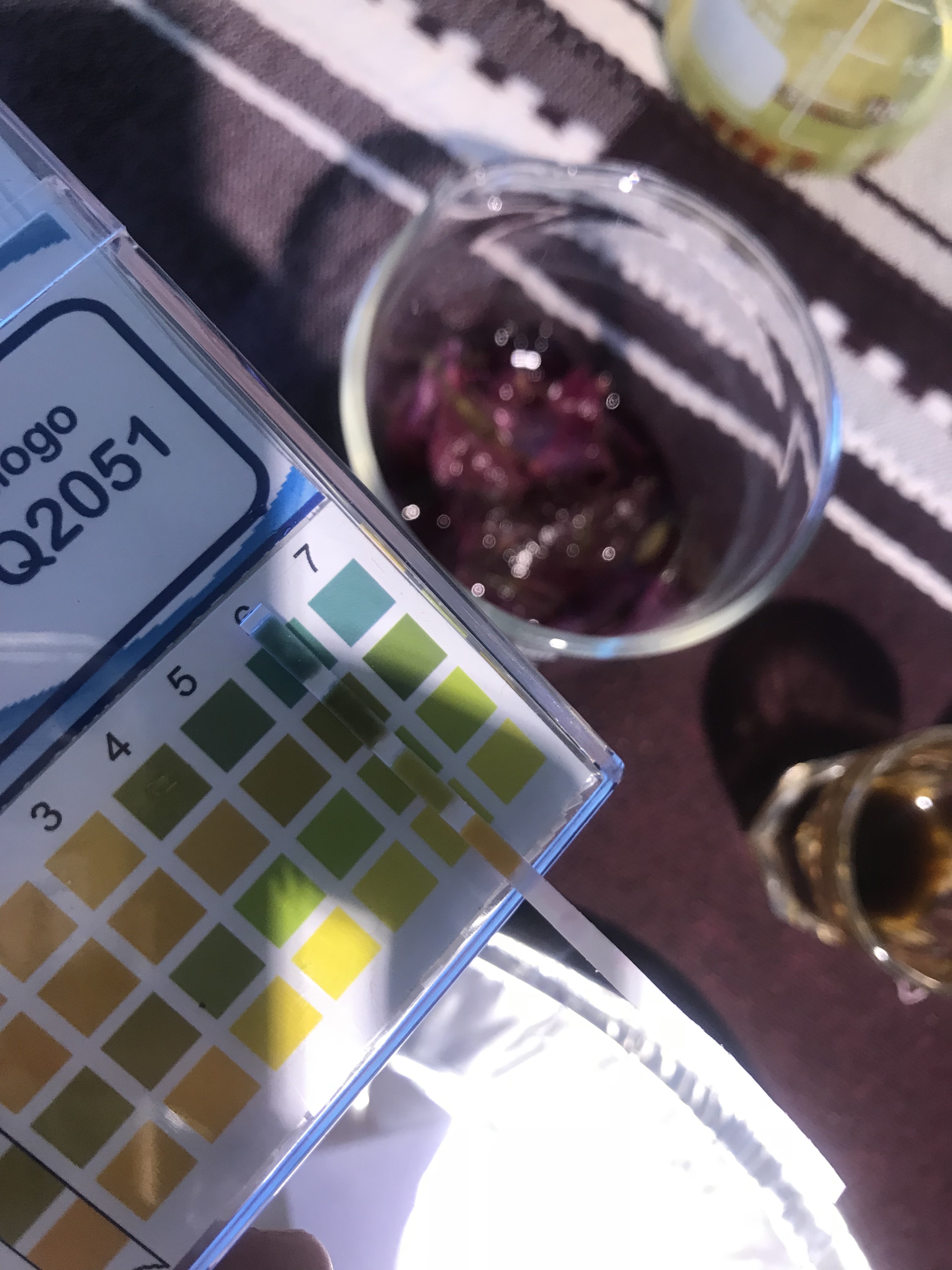
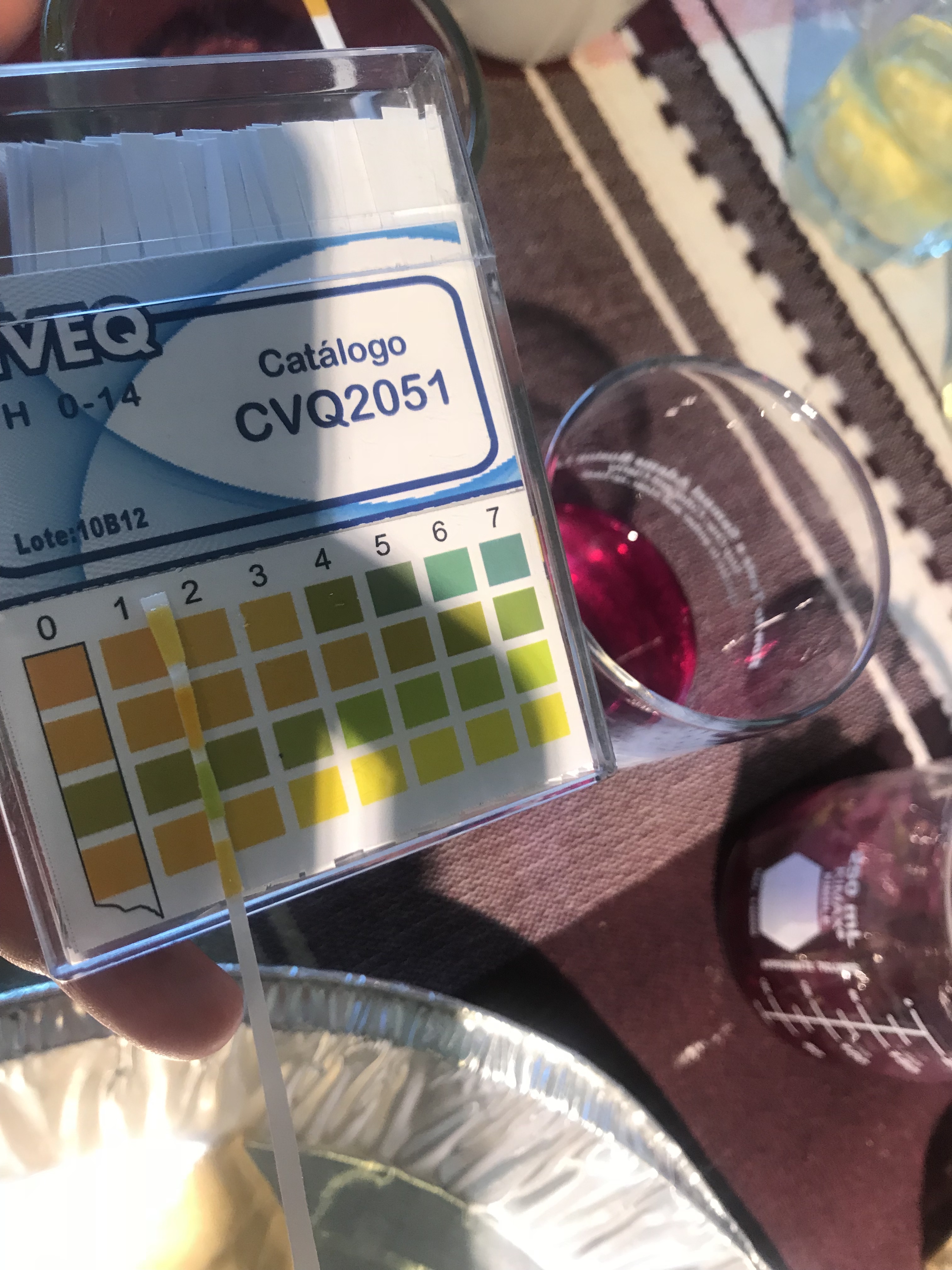
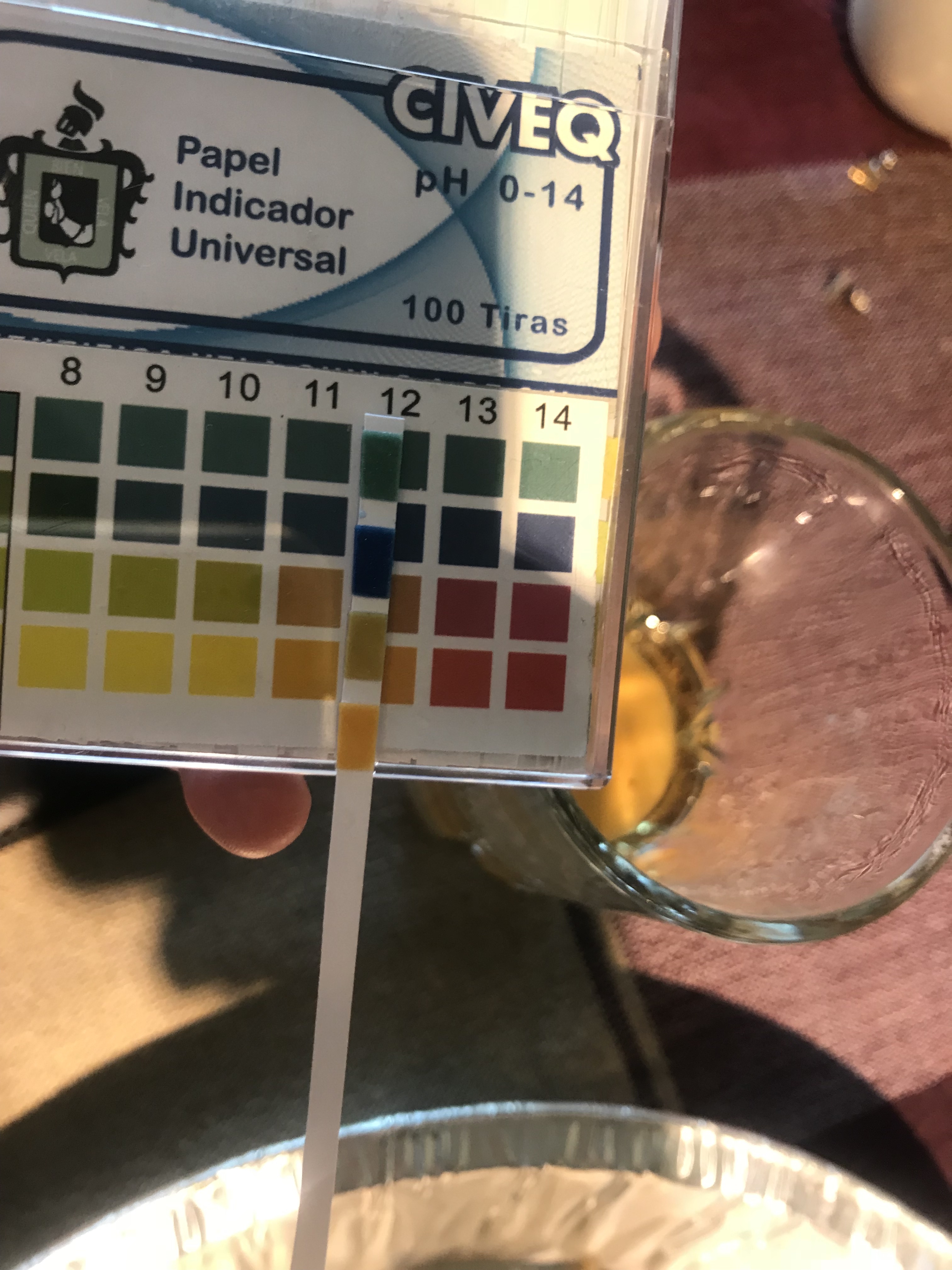
Results
After i let the cloth for 3 days soaking on the solutions:

Other dyes:
Jamaica:
Turmeric
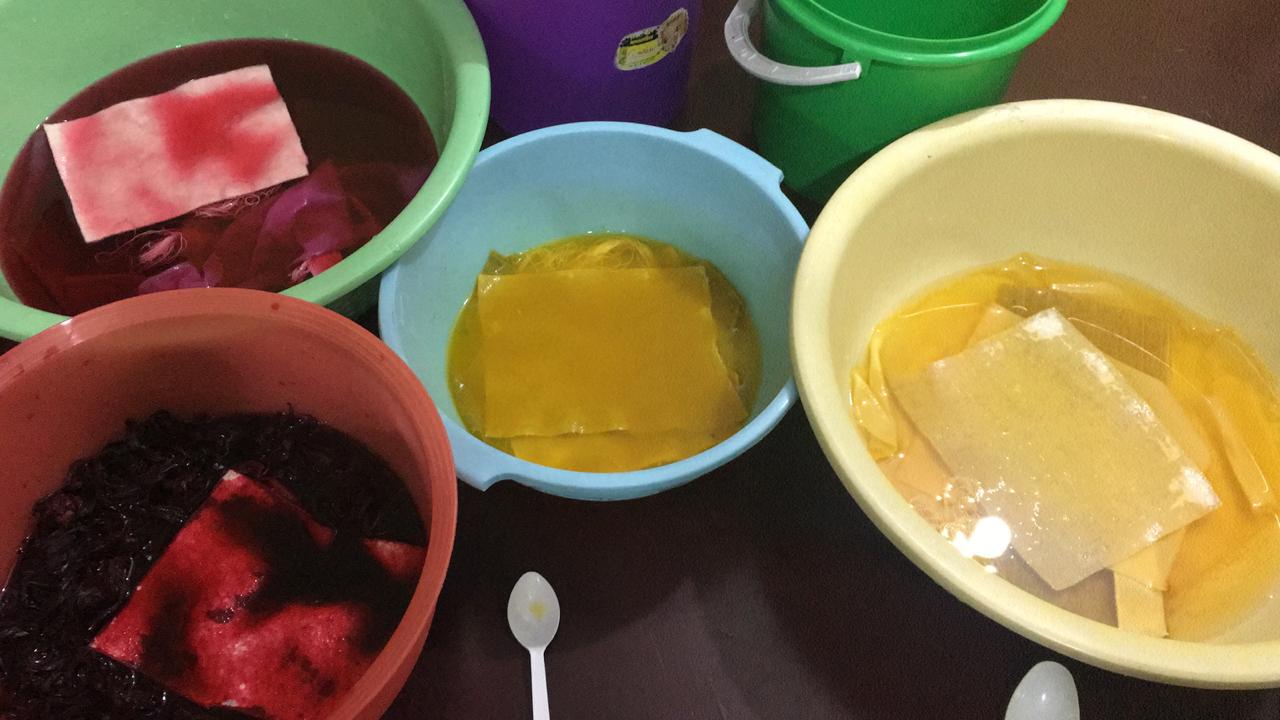
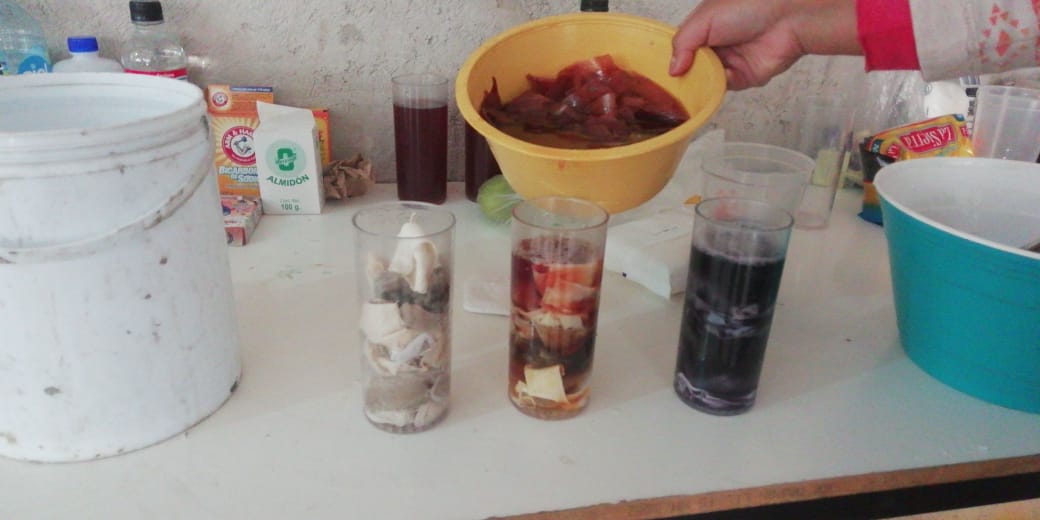
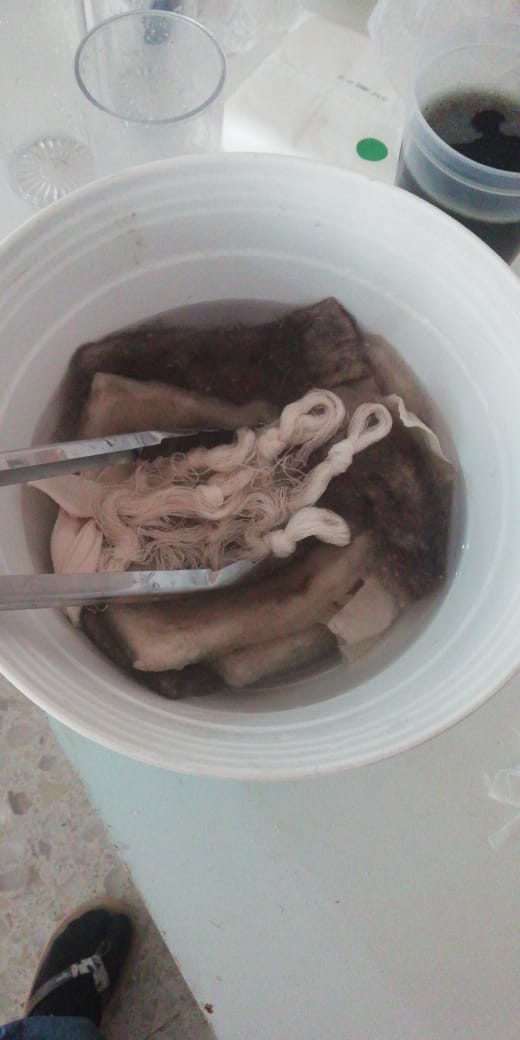
Second Phase experimentation#
I tried different solvents such as water, ethanol and acetone , and natural pigments such as curcuma, hibiscus, algae, chilli and paprika Every source was soaked with one solvent and then i set a piece of fabric on the mixture.
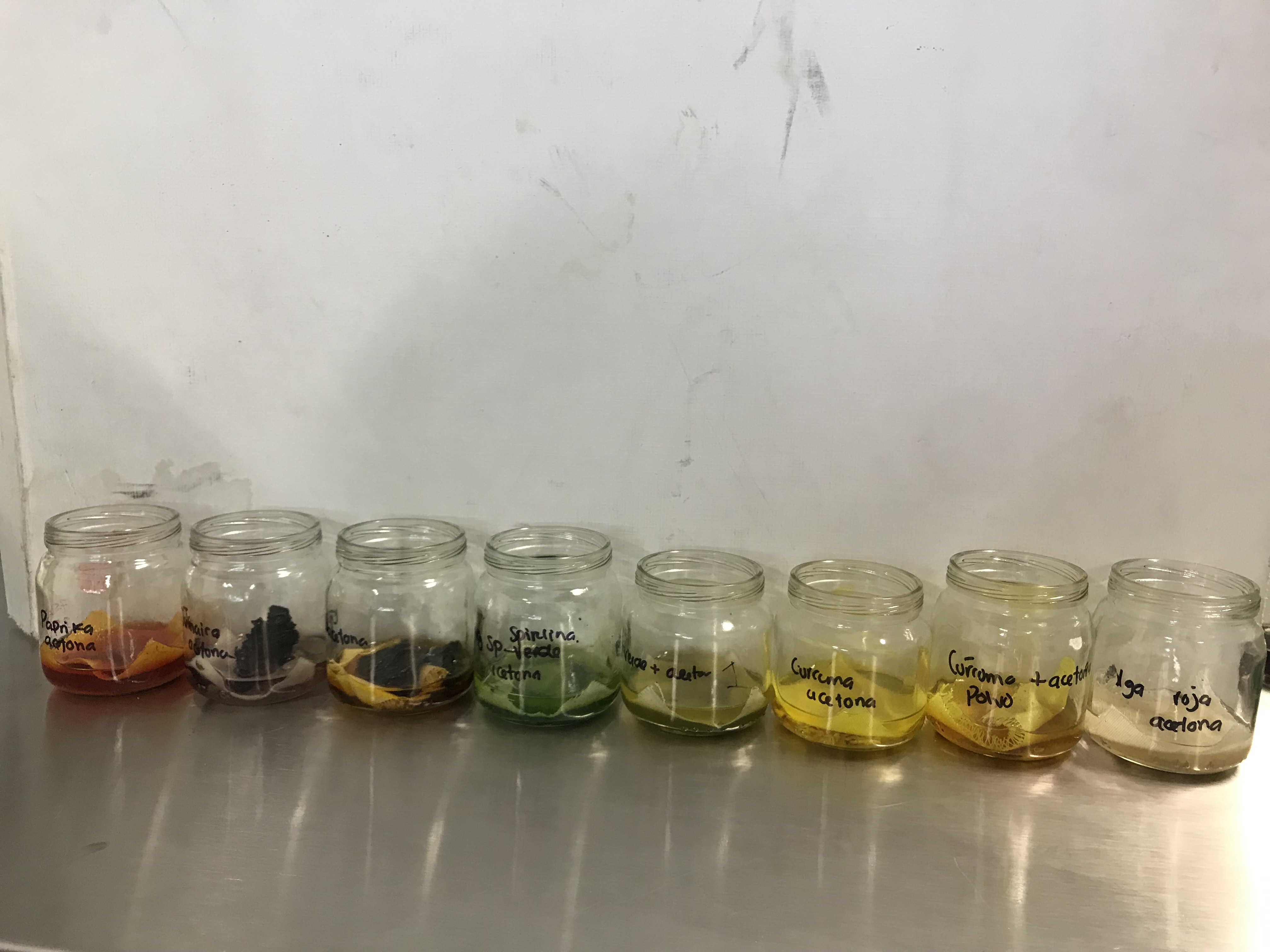
i let the piece of fabric soaking for 24 hours, after that i let them dry:
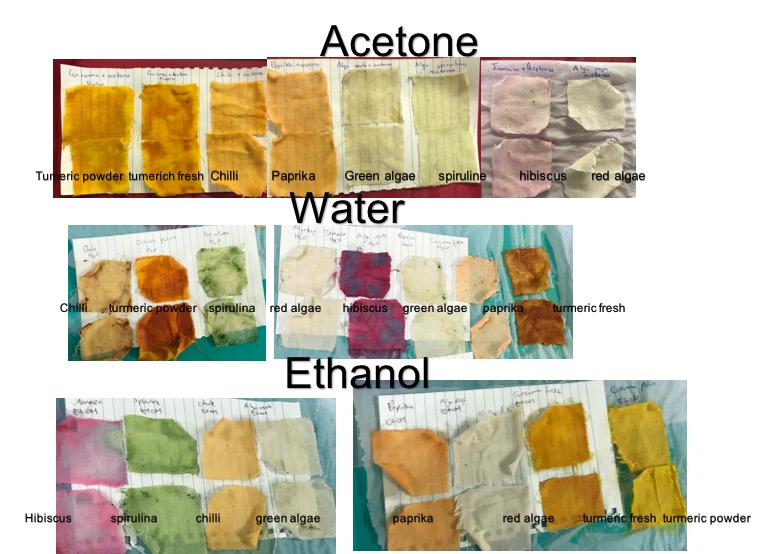
BIOPLASTICS#
SCOBY/Kombucha
I tried black tea with honey and boiled oranges skins with sugar as substrate for SCOBY
Obtaining after 9 days:
Here i did the comparison with water and with sugar
Coconut fiber
I did a bioplastic using cornstarch (Maizena), glycerin and coconut fiber
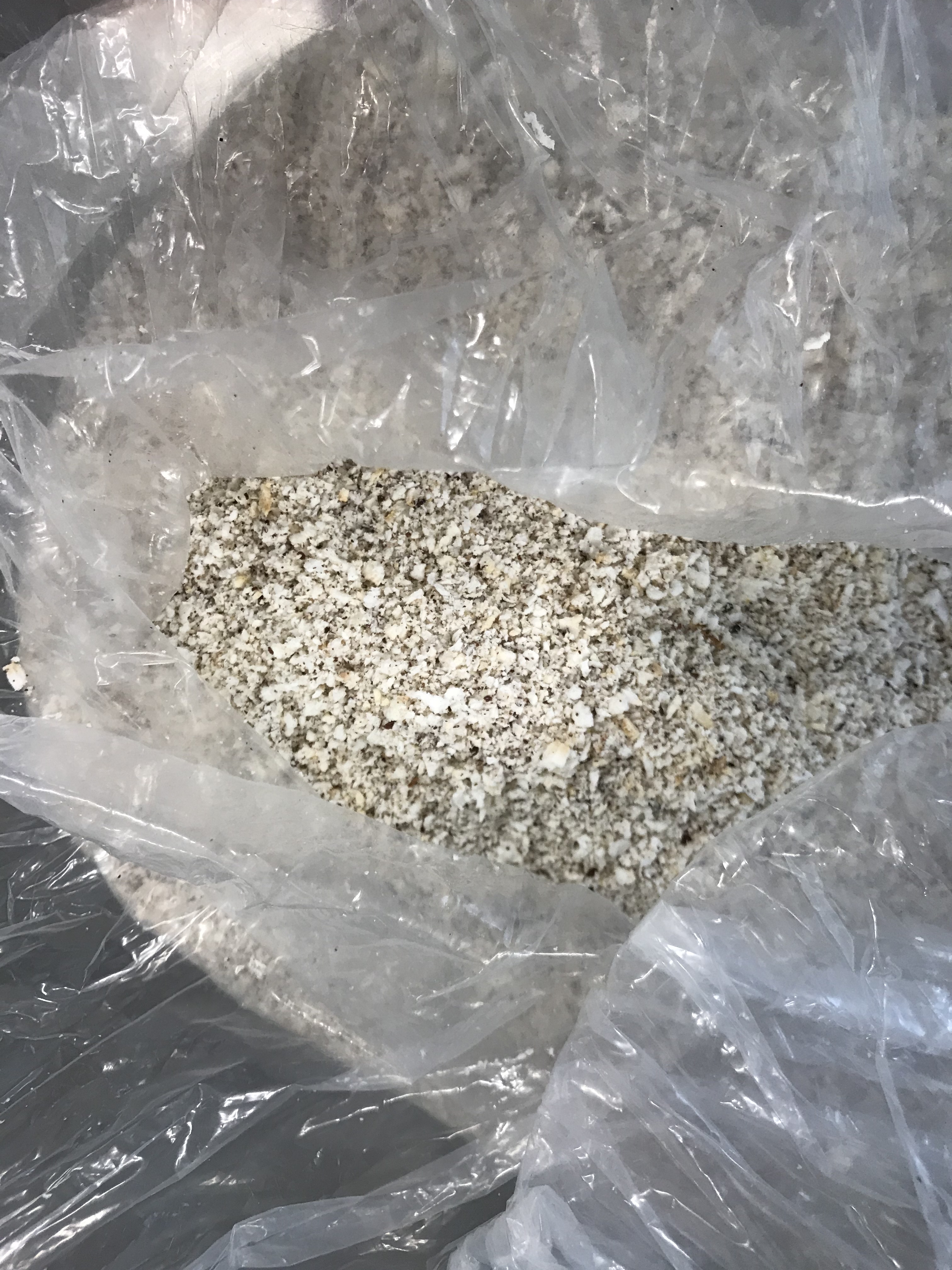
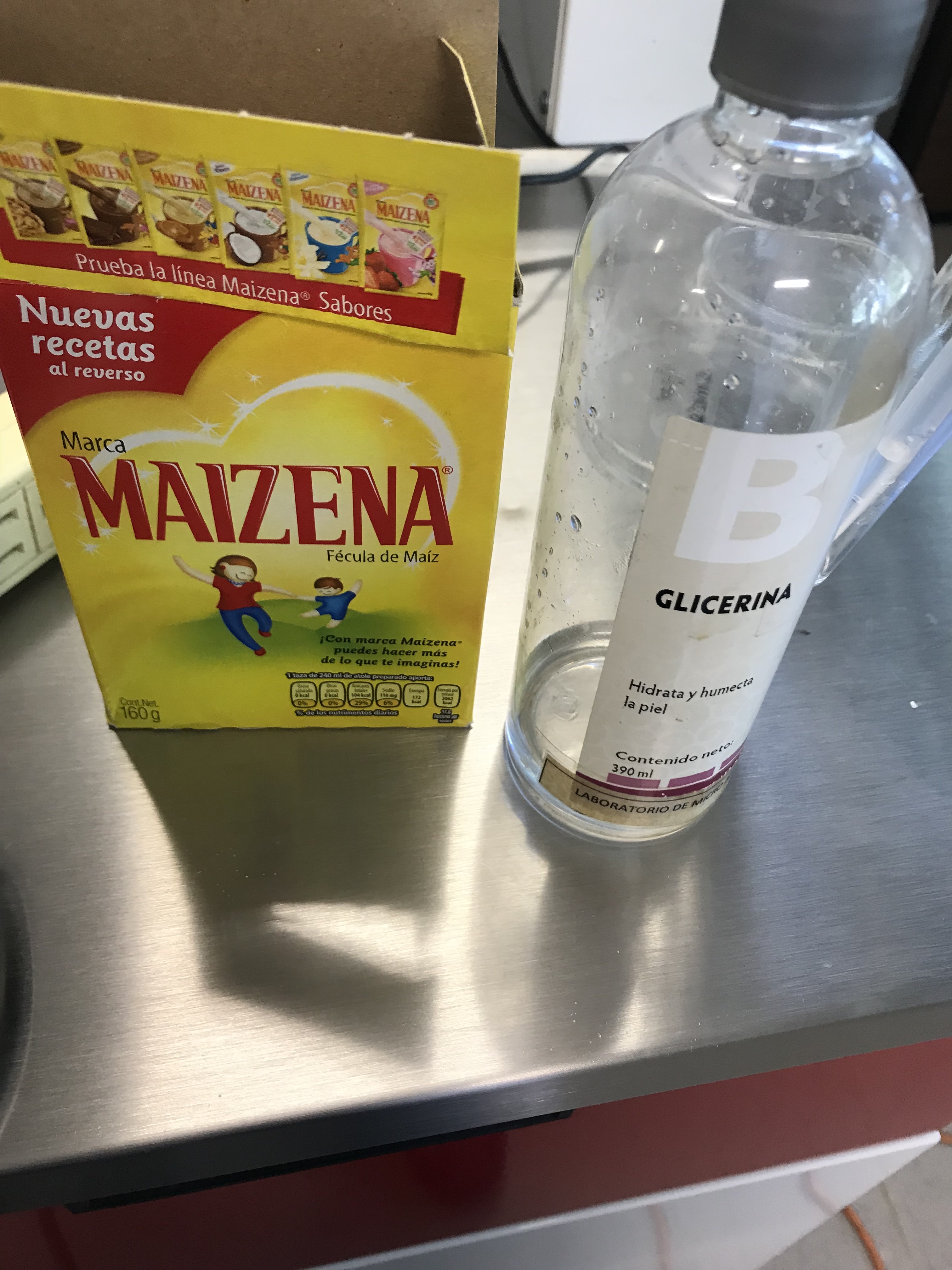
Procedure
i added 3 grams of each ingredient and adding 15 ml of distilled water, then i mixed them heated them a bit


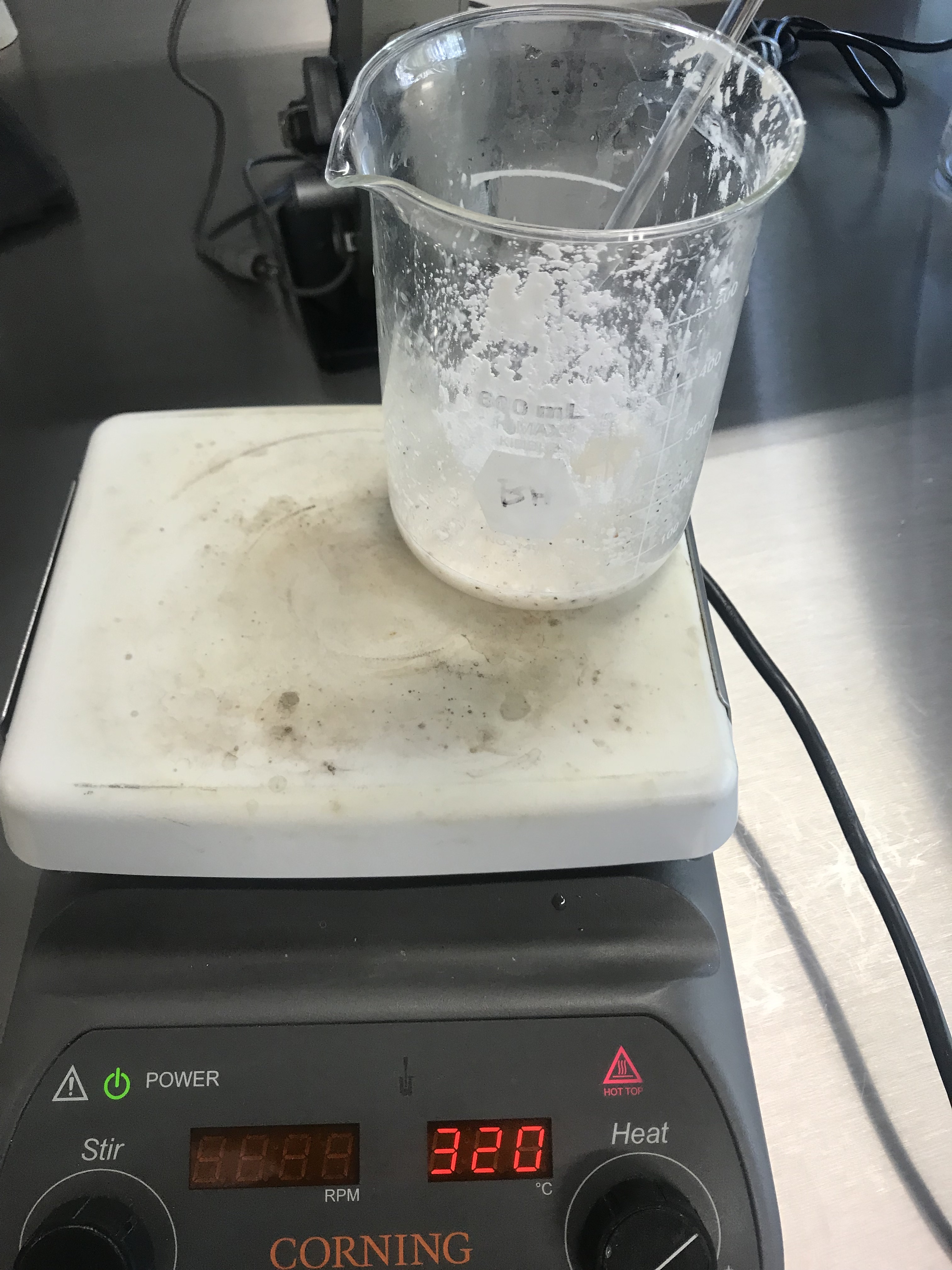
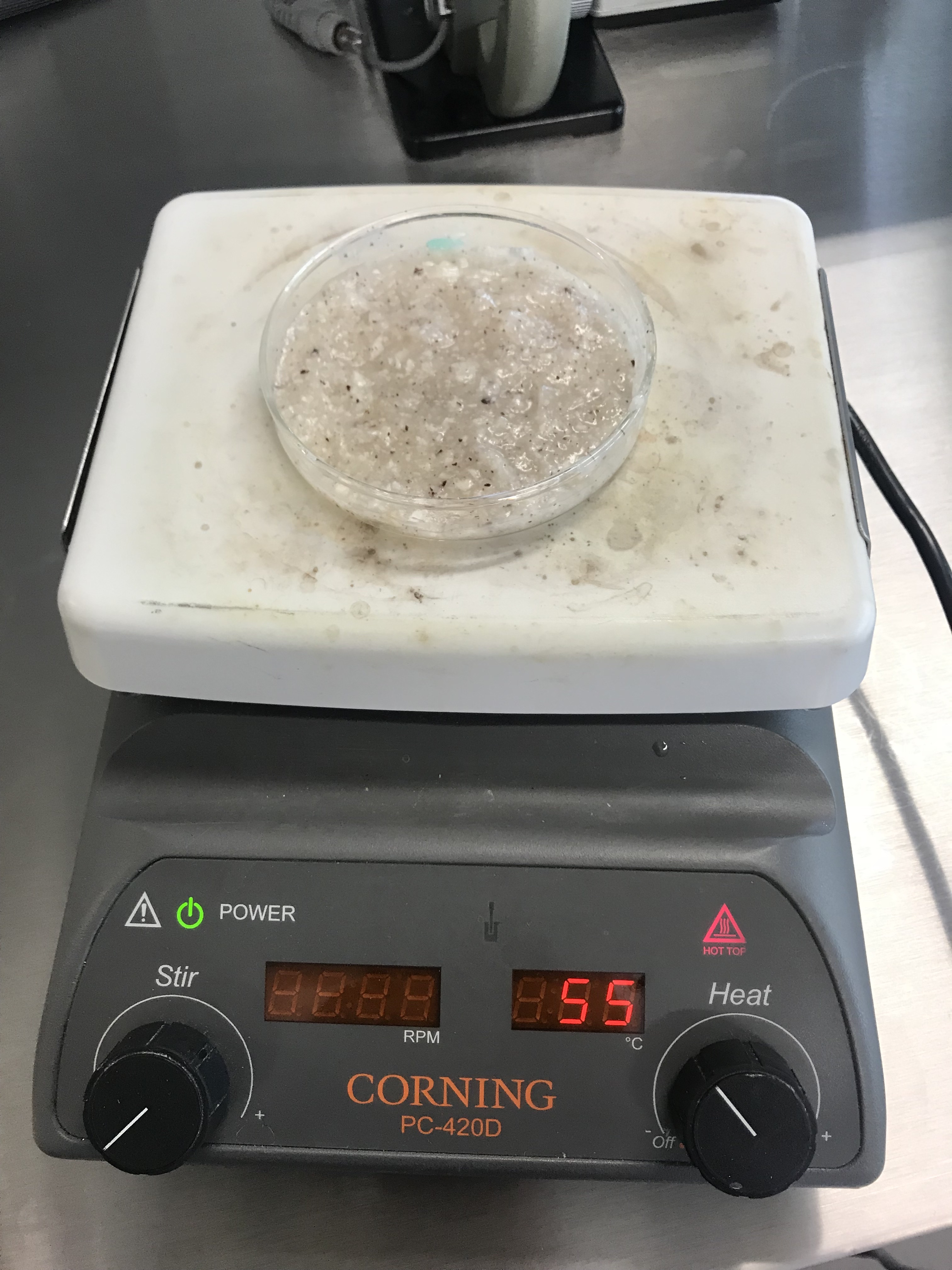
Finally
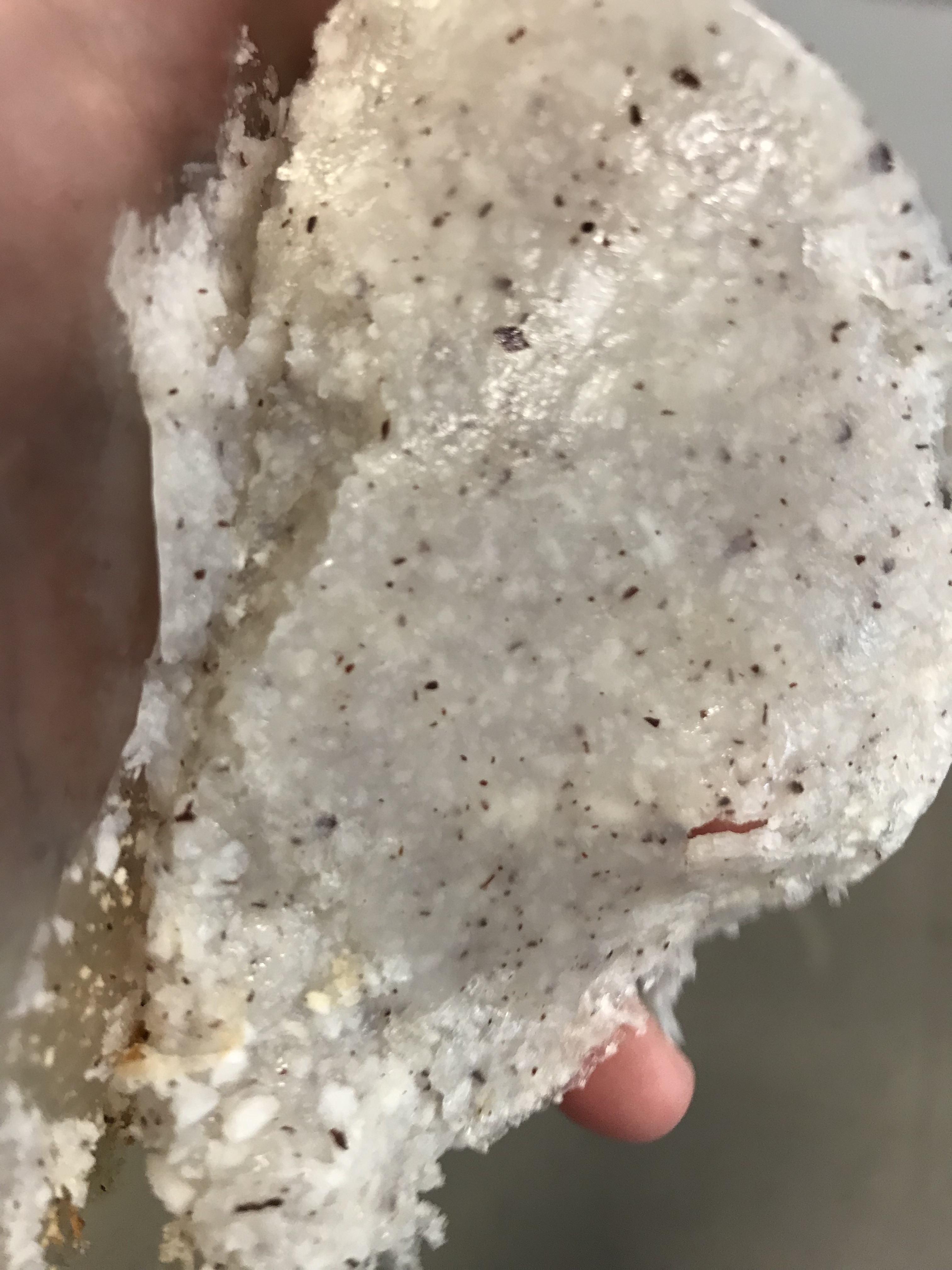
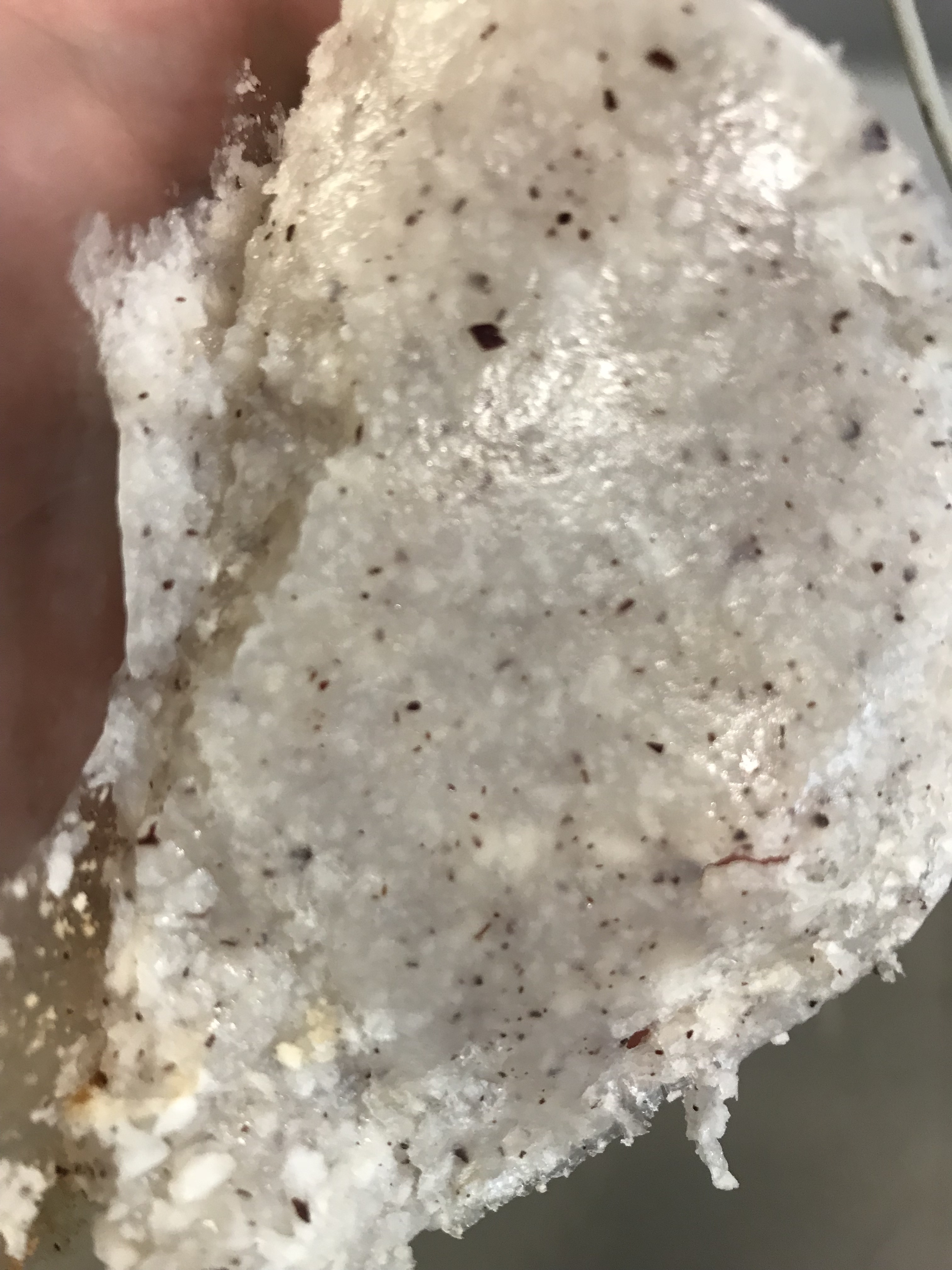

Fruit leather#
I have tried fruit leather using oranges skins and heat at different temperatures in order to get different color tones

Cristalization#
i tried with sugar and salt crystals

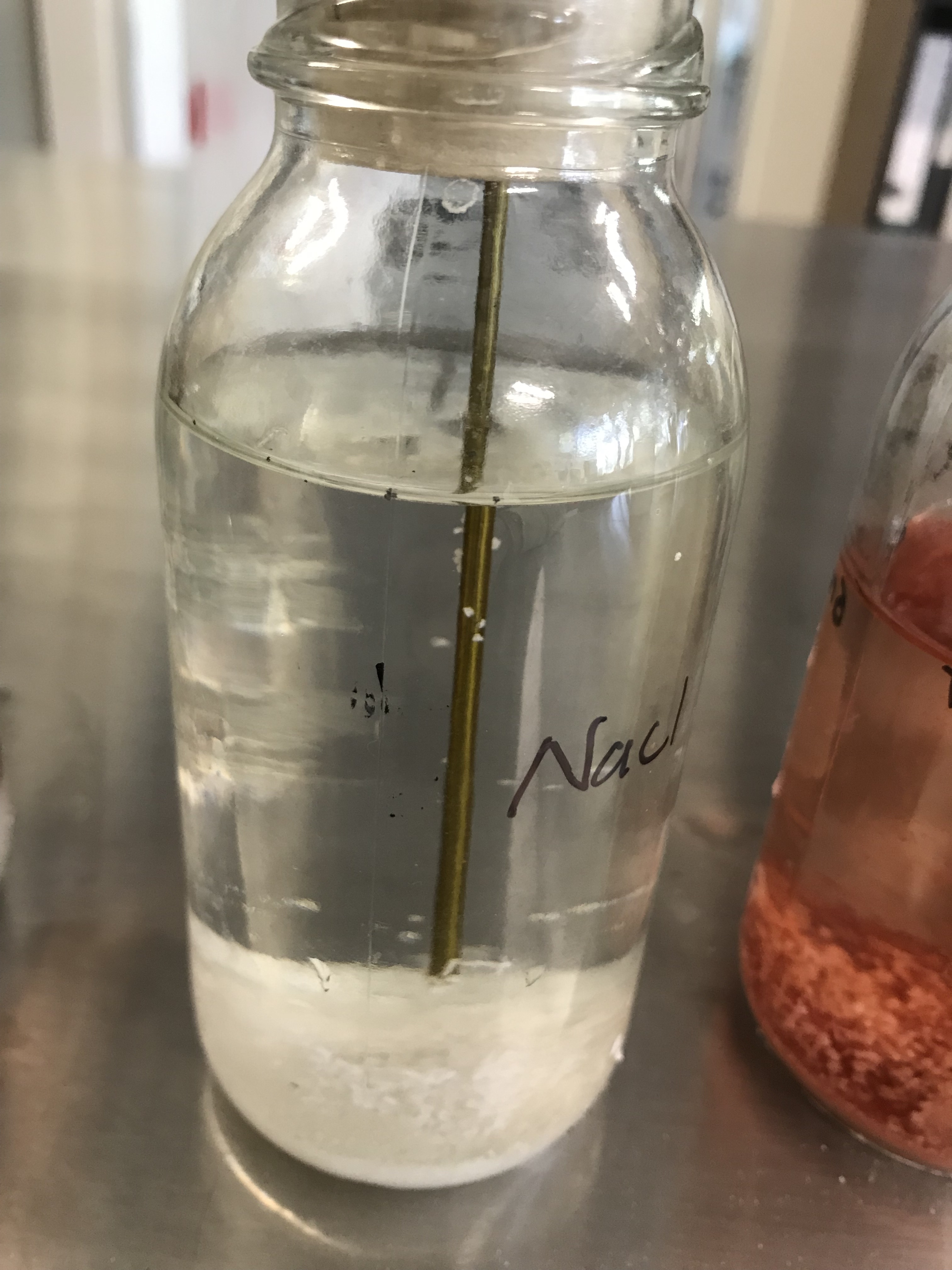

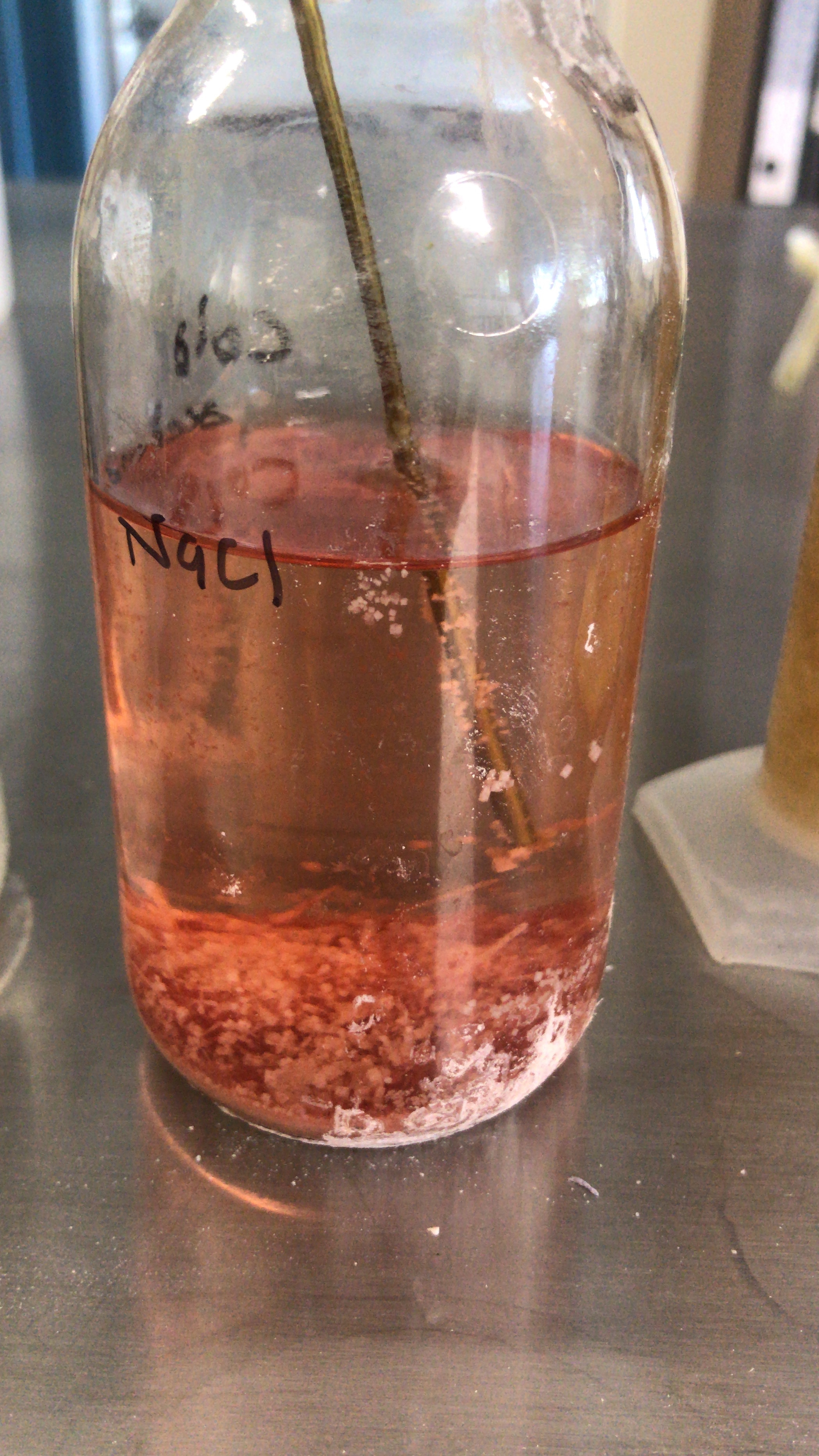

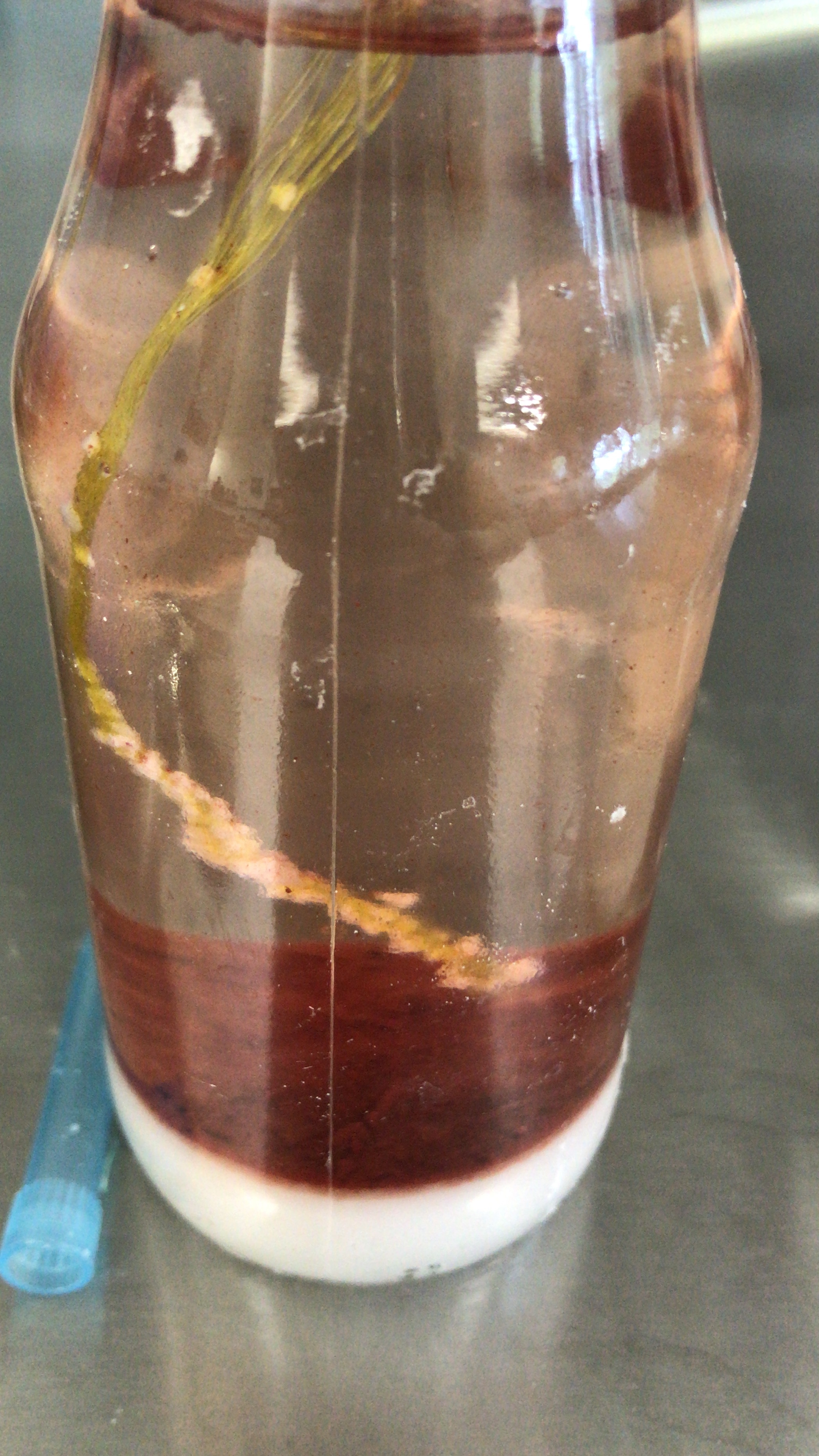
With sugar
